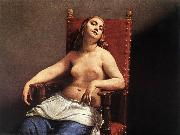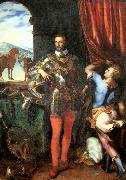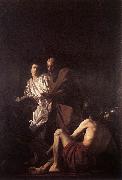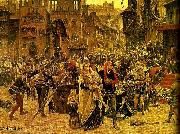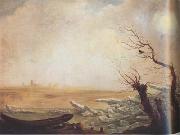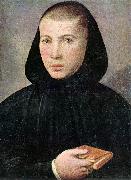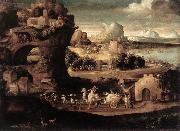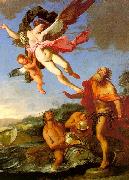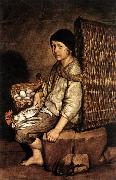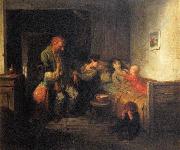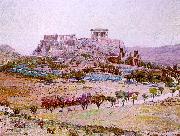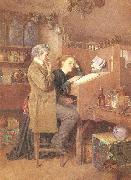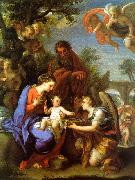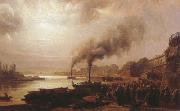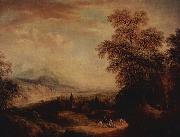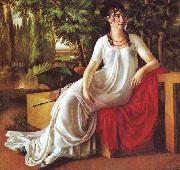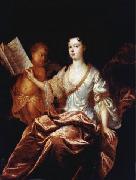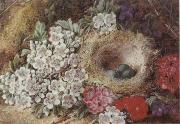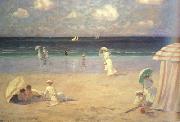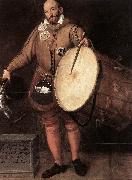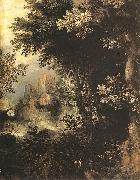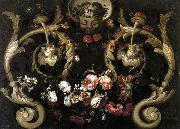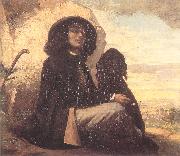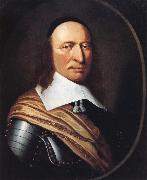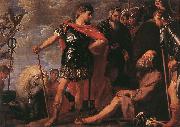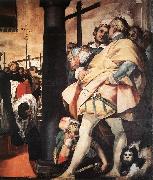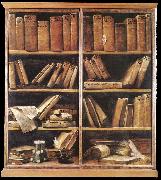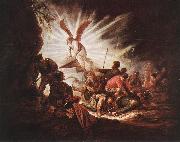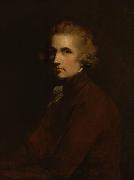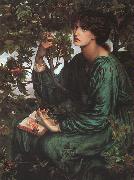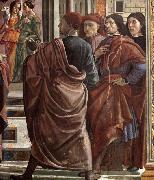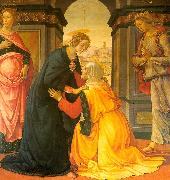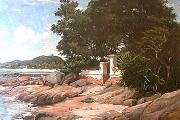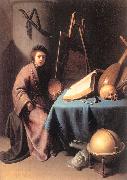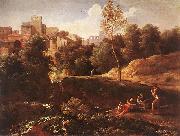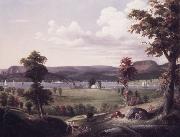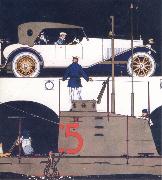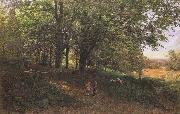|
|
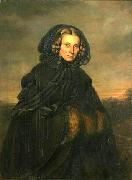 |
C. Grunewald
|
|
paint Portrait of Bertha Wehnert-Beckmann German photographer in 1858 |
|
|
|
|
|
|
|
|
|
|
|
|
|
|
|
|
|
|
|
|
|
|
|
|
|
|
|
|
|
|
|
|
|
|
|
|
|
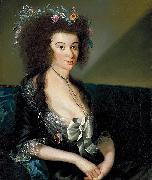 |
Christian Gullager
|
|
Christian Gullager (1759-1826) was an artist specializing in portraits and theatrical scenery in the late 18th century; he worked in Boston, Massachusetts, New York, and Philadelphia. Born in Copenhagen, he trained at the Royal Danish Academy of Fine Arts. In America, portrait subjects included president George Washington. He designed scenery for Boston's Federal Street Theatre. |
|
|
|
|
|
|
|
|
|
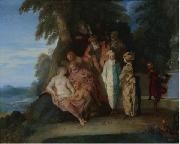 |
Claude Gillot
|
|
(April 28,1673 Langres - May 4,1722 Paris) was a French painter, best known as the master of Watteau and Lancret. He had Watteau as an apprentice between 1703 and 1708.
He was a painter, engraver, book illustrator, metal worker, and designer for the theater.
His sportive mythological landscape pieces, with such titles as Feast of Pan and Feast of Bacchus, opened the Academy of Painting at Paris to him in 1715; and he then adapted his art to the fashionable tastes of the day, and introduced the decorative fetes champetres, in which he was afterwards surpassed by his pupils. He was also closely connected with the opera and theatre as a designer of scenery and costumes.
|
|
|
|
|
|
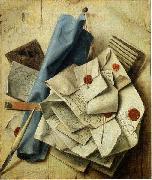 |
Cornelis Norbertus Gysbrechts
|
|
(ca 1630 - after 1683) was a Flemish painter of still life and trompe-l'œil active in the second half of the seventeenth century.
Gysbrechts was born in Antwerp, where, according to the RKD, he became a member of the Guild of St. Luke in 1660. He signed his name with "CND". His first known paintings date from 1659 in Antwerp. He painted in 1664 in Regensburg, from 1665-1668 in Hamburg and from 1668 to 1672 at the court in Copenhagen. |
|
|
|
|
|
|
|
|
|
|
|
|
|
|
|
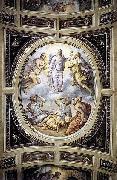 |
Cristofano Gherardi
|
|
(November 25, 1508 - April 1556) was an Italian painter of the late-Renaissance or Mannerist period, active mainly in Florence and Tuscany.
He was born in Borgo San Sepolcro and also called il Doceno dal Borgo. He was the pupil of the painter Raffaellino del Colle, in whose shop he encountered Rosso Fiorentino and Giorgio Vasari. He painted under Vasari's direction, the one assistant of Vasari's whom Sidney J. Freedberg singles out.
In 1536 Vasari invited him to Florence to assist in producing the decorations for the ceremonial entry of Charles V into Florence. The following year, in the reaction after Duke Alessandro's death, Gherardi was among those banished from Florence, so his work for Vasari was confined to projects outside Florence, until his banishment was lifted in 1554 and he was permitted to return . In the long interval he had painted the Visitation of Mary to Elizabeth for the church of San Domenico in Citte di Castello, church decorations in San Sepolcro, and works for the Vitelli, who were long-term patrons. Gherardi, in the two years left to him, assisted Vasari in the Quartiere degli Elementi in Palazzo Vecchio. Vasari's main assistant after Gherardi's demise was Jan van der Straat, called Giovanni Stradano.
|
|
|
|
|
|
|
|
|
|
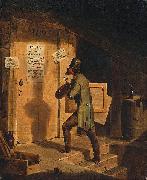 |
David Gilmour Blythe
|
|
(May 9, 1815 - May 15, 1865) was a self-taught American artist best known for paintings which satirically portrayed political and social situations.
Blythe was born in East Liverpool, Ohio on May 9, 1815 to poor parents of Scottish and Irish ancestry. After a childhood in a log cabin by the Ohio River, at the age of 16, Blythe moved to Pittsburgh, Pennsylvania. There he apprenticed himself to woodcarver Joseph Woodwell. In his subsequent work as an itinerant portrait painter, Blythe traveled widely from Baltimore to Philadelphia and perhaps as far as New Orleans. Other than his stint with Woodwell, Blythe had no known artistic education or training. |
|
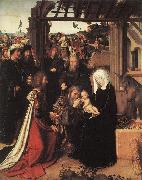 |
DAVID, Gerard
|
|
Netherlandish Northern Renaissance Painter, ca.1460-1523 |
|
|
|
|
|
|
|
|
|
|
|
|
|
|
|
|
|








